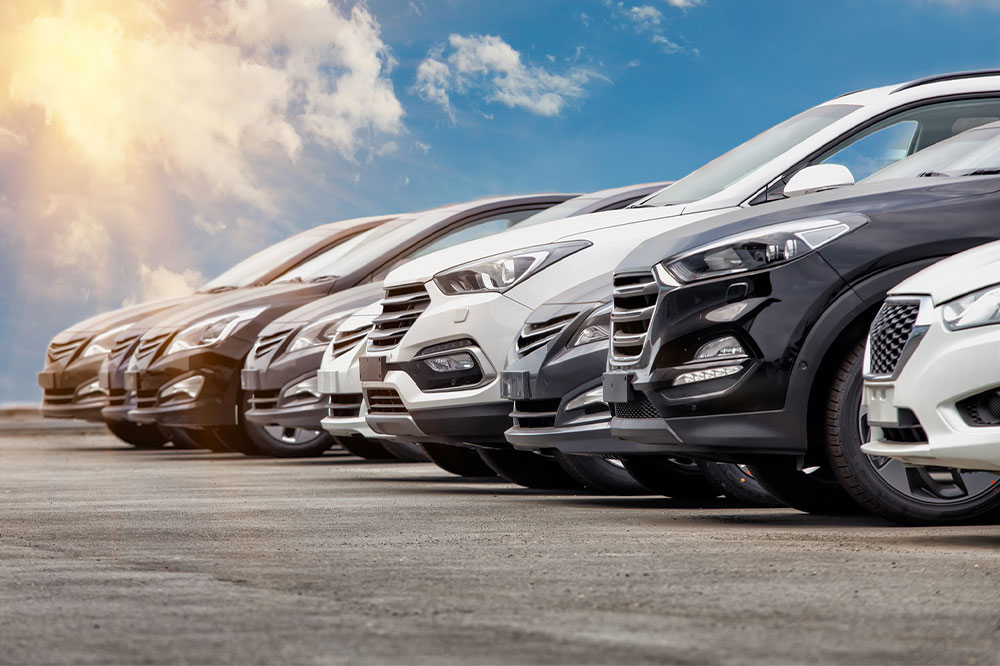Key factors to consider when buying a used car
If you want to purchase a used car, you are not alone since it is a booming market with hugely advantageous deals. Getting a pre-owned vehicle is not only more economical, you can save on registration fees, taxes, and depreciation. That said, it is high on maintenance and can put you in a debt cycle if you select the wrong one. So, here is a list of things to check before buying a used car.
Key factors to check when buying a used car
Get the vehicle’s history
The foremost step is to check the history report of the used car.

Conduct an interior and exterior inspection
Once you are satisfied with the vehicle history, you need to conduct a thorough interior and exterior inspection. Check the wheel rims and hubcaps for curb rash and inspect the paint color for scratches. You also need to inspect the condition of the lights, steering wheel, brake, accelerator, upholstery, windows, and driver controls, among other things.
Check the car’s fluids
It is important to maintain a car’s fluids for prolonged longevity. Scrutinize the car’s engine oil, which should typically be golden brown and smooth. Make sure the transmission and brake fluid does not smell burnt, look black, or is milky. When the engine is cold, check the coolant. Crusty bits indicate it is overdue for a flush, and if there’s oil, the vehicle may have a head gasket leak.
Take a test drive
A test drive will help you understand if the car is a good fit for you. Check for clicking, whistling, or tapping sounds that suggest a problem with the car. Drive the vehicle on different types of roads and at different speeds to see if there is a smooth transmission shift. Smell the air coming from vents for unpleasant odors like gasoline and exhaust. Check the brake pedal; a pulsing one indicates warped brake rotors, while a pedal that drops to the floor suggests severely worn brakes or a master cylinder problem.
Consider a certified pre-owned car (CPO)
CPO cars provide a manufacturer-backed warranty and undergo a comprehensive inspection and refurbishment process. They are often returned after a lease completion, or the cars have been driven by the dealer or automaker staff.

